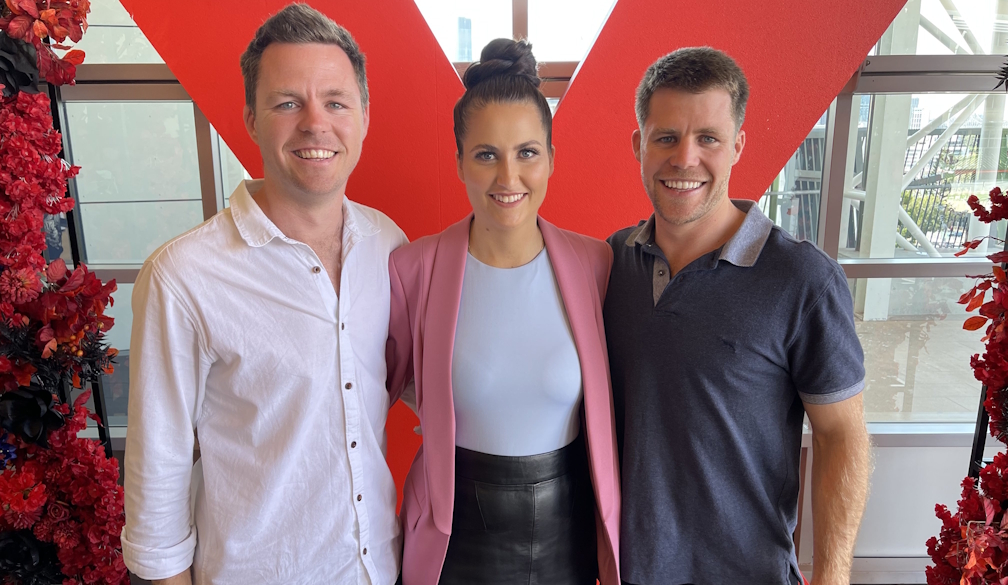How brands address growing consumer scepticism
- Written by Business Daily Media

Transparency and effective communication are critical for brands to gain and keep consumer trust according to new research.
The University of Adelaide’s Dr Kate Sansome, from the Adelaide Business School has led a study which suggests that consumers want brands to be transparent about topics that impact them.
“As sociopolitical issues become topical in the news and social media, brands are expected to be transparent about them; for example, as consumers face cost-of-living pressures, they will expect brands to be transparent about this issue,” says Dr Sansome, who conducted the study with the Professor Jodie Conduit and Dr Dean Wilkie from the Adelaide Business School.
“Our research shows that it’s not just about brands sharing extensive information, but about being open, clear, timely, and providing well-explained, evidence-based information. Open dialogue and answering consumers’ questions are important for transparency, even on sensitive or negative issues, particularly for brands in industries with a negative reputation.”
Dr Sansome says that being transparent means communicating in a simple and easy-to-understand manner, being upfront before external pressure, and backing up claims with statistics, facts, and visual evidence. The study suggests that brands that use tools like infographics or storytelling to explain their decisions give consumers a better understanding of their intentions and reasons behind their actions.
“Consumers are becoming more uncertain of brand communication due to misinformation, deep fakes, misleading claims, and perceived hypocrisy,” Dr Sansome says.
“Scepticism is growing, where a majority of young people believe a brand is hiding something if it avoids certain topics.
“Consumers’ perceptions of certain brands or product categories can influence how they interpret brand transparency. Our research shows that in stigmatised industries like mining or fast fashion, consumer scepticism can make it difficult for people to recognise a brand's efforts to be transparent, regardless of its intentions.”
Dr Sansome says her study highlights a need for brands to improve how they communicate transparency to consumers in order for them to make informed decisions.
The study provides a deeper insight than traditional research, which mainly views transparency through a managerial or governance lens and focuses on information to meet regulatory requirements or supply chain or pricing information. Unlike these approaches, Dr Sansome’s research accounts for the subjectivity in how consumers evaluate brand communication and the topics of relevance to consumers.
“For brands and businesses, these findings provide insight into consumers' need for brands to be transparent on topics beyond pricing and supply chain information and presented in a way that meets their expectations,” Dr Sansome explains.
“Providing exhaustive information in PDF form on a website is insufficient. Transparency is a continuous, evolving dialogue with consumers, with clear, timely, evidence-based and explanatory communication.”
Dr Sansome says further research is needed to explore strategies enabling brands to share their sustainability progress transparently without compromising brand equity or facing significant reputational risks.
“With the rise of regulations targeting ‘greenwashing,’ brands increasingly practise ‘greenhushing,’ opting for silence rather than risking scrutiny or backlash,” Dr Sansome says. “As consumers become more discerning, brands must prepare for scrutiny and scepticism and challenges particularly for brands in stigmatised industries in communicating progress towards sustainability.”
The study was published in European Journal of Marketing and was conducted through qualitative interviews with experts, such as brand managers, government officials, third-party accreditors, and in-depth consumer interviews.







